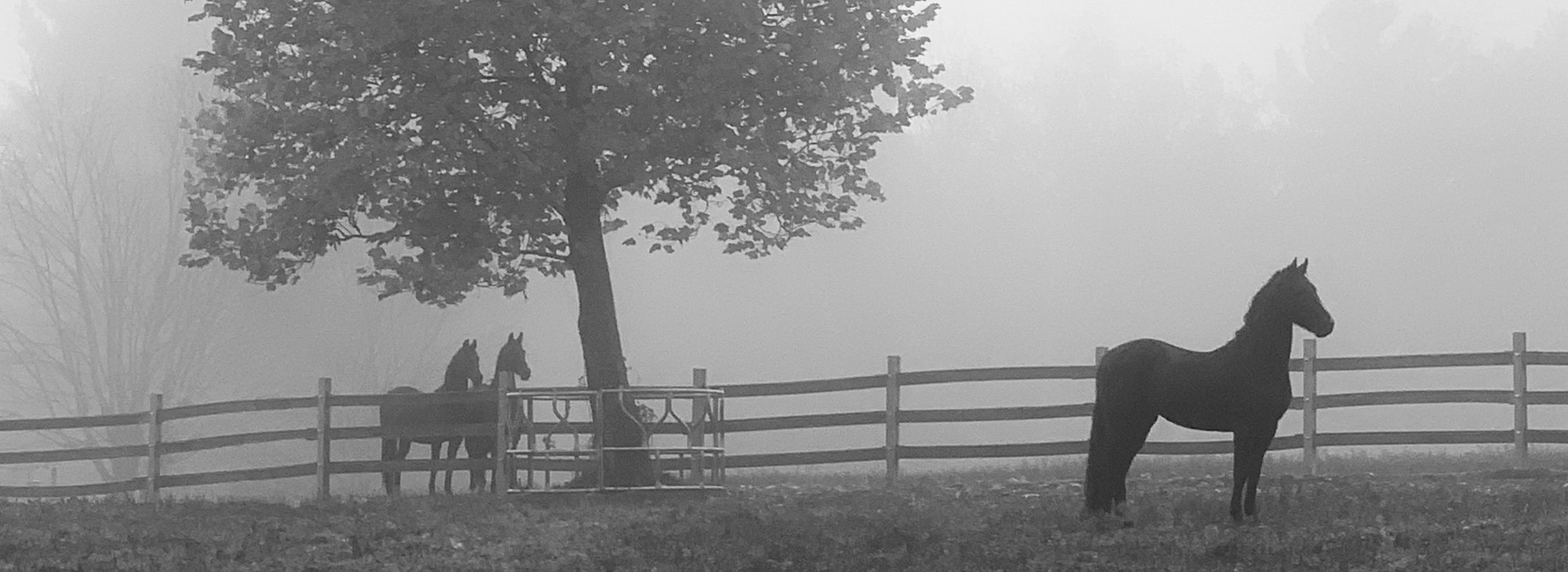A Message From The UPHA Equitation Committee
UPHA Saddle Seat Equitation
Judges Guide And Workout Manual Volume 3
The UPHA Equitation Committee has been hard at work on a new version of the UPHA Saddle Seat Equitation Workout Manual. Volume 3 includes 100 newly created patterns and is available for purchase.
UPHA professional members may download a free pdf of the manual by logging into the member portal and clicking the Professional Resources tab.
This manual contains helpful information for riders, instructors and also judges. It includes details about a rider’s correct position, rail work, class requirements, workouts, judging specific classes, troubleshooting and faults and annoyances to watch for.
There is also a key located on each pattern that explains which age division each pattern can be used for according to USEF rules. There is a section of “Finals Patterns” which were created where the rider enters and exits the ring, however, please note that these patterns can be modified to be used in any equitation class or championship.
We are offering volume 3 in two different printing formats to meet your needs and budget. Option A is printed on #20 paper with a staple in the upper left corner. This version sells for $20.00. Option B is printed on heavy-duty high-quality paper that is resistant to water and tearing without lamination. It will be three-hole punched and includes a binder. This version sells for $60.00. Both options include tax and shipping and handling. If you would like to purchase a copy of the manual please click the link below.
Click here to order Equitation Workout Manual Vol. 3
"Did you know..."
Did you know, there is a new rule pertaining to the walk and trot riders?
EQ118 Requirements for Specific Classes
15. UPHA CHALLENGE CUP
f. UPHA 10 & UNDER WALK/TROT CHALLENGE CUP.
1. Open to riders 10 years of age and under riding a mare or gelding of any breed. To be judged on the rail at a walk and trot only. Rider may not have ever been judged in a class at a recognized or non-recognized competition that required a canter. This also includes Tournament and Academy classes.
This is the sentence that was deleted:
2. Walk/trot riders must canter after the beginning of his/her nine year old competition year if they have shown in as many as three competition years in that division. The recording of a rider’s participation in this division will begin in 2001. Competition year is defined by the Federation as December 1 through November 30.
Did you know, that there are very specific rules about accepted spurs for equitation riders?
SUBCHAPTER EQ-3 SADDLE SEAT EQUITATION SECTION
EQ115 Appointments
1. PERSONAL. Exhibitors and judges should bear in mind that at all times entries are being judged on ability. However, neatness is the first requisite regarding a rider’s attire and the following requirements are based on tradition and general present-day customs. Judges must penalize and may eliminate those competitors who do not conform.
[…]
c. OPTIONAL: Blunt end (unrowelled only) spurs and/or riding crops
You are allowed to black tape a set of blunt spurs to make the spur blend in with the boots and jods, but you are not allowed to put black tape over roweled spurs for equitation.
Tip: there is a product called PlastiDip that is a multipurpose rubber coating for metal tools. You can get this at Walmart or Home Depot!
The Finals Clarified
A Quick Resource And Guide To The Saddle Seat Equitation Finals
The UPHA Equitation Committee realizes that sometimes the qualification process, placements, and procedures for the Equitation Finals can be confusing. Thus this document, found below, was created as a quick guide to summarize both qualification requirements and judging specifications and procedures for the majority of equitation finals for the show horse breeds. Please note more detail can be found by referring to the specific rules and specifications of each final. These specific rules supersede anything in this document.
We hope this resource will assist instructors, trainers, parents, and riders in understanding when a rider is qualified when they can continue showing after a win, the procedures of a final, and more!
